This summer, with the support of the Lake Baikal Foundation, scientists from the A.N. Severtsov Institute of Ecology and Evolution of the Russian Academy of Sciences conducted research on the Baikal seal on the Ushkany Islands. The scientists in this expedition were faced with the tasks of counting the numbers, collecting biological material for research and assessing the impact of tourists on the animals. Some data on changes in the seals' behavior in the presence of humans had been collected earlier, but the information was fragmentary, so this year the research was expanded.
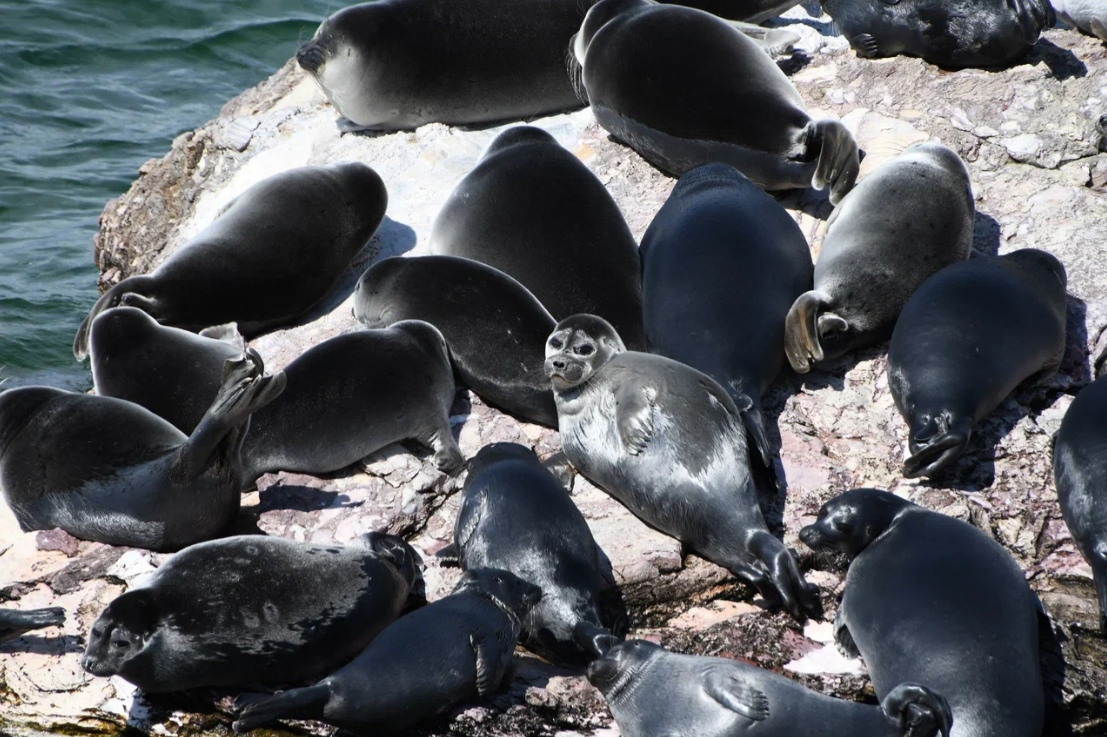
Walking surveys were conducted twice a day at 11 observation points.
The network of observation points along the route along Tonkiy Island was established during the expedition 4 years ago. All points were defined in such a way that with maximum coverage of the northern coast, the observation areas did not overlap each other. In order not to frighten the seals, the counters moved at a distance of 5 to 50 m from the water's edge.
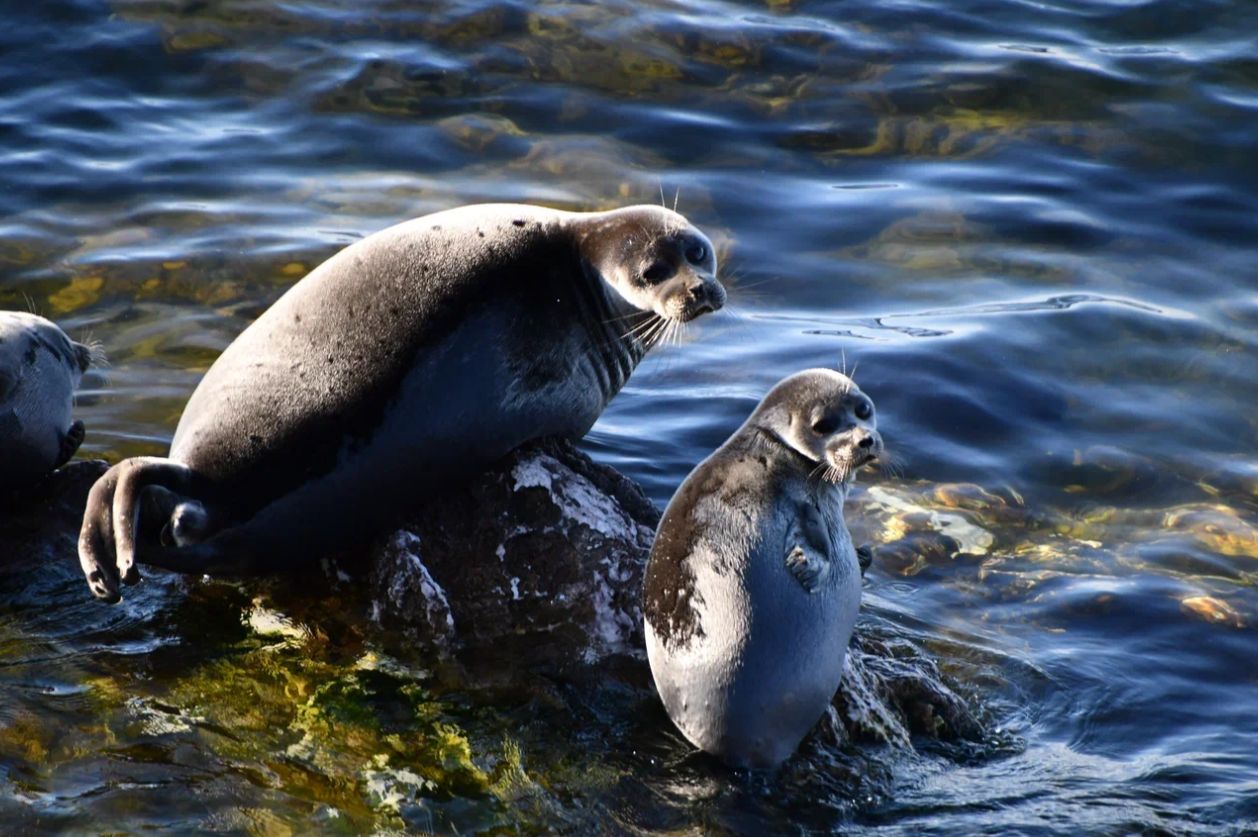
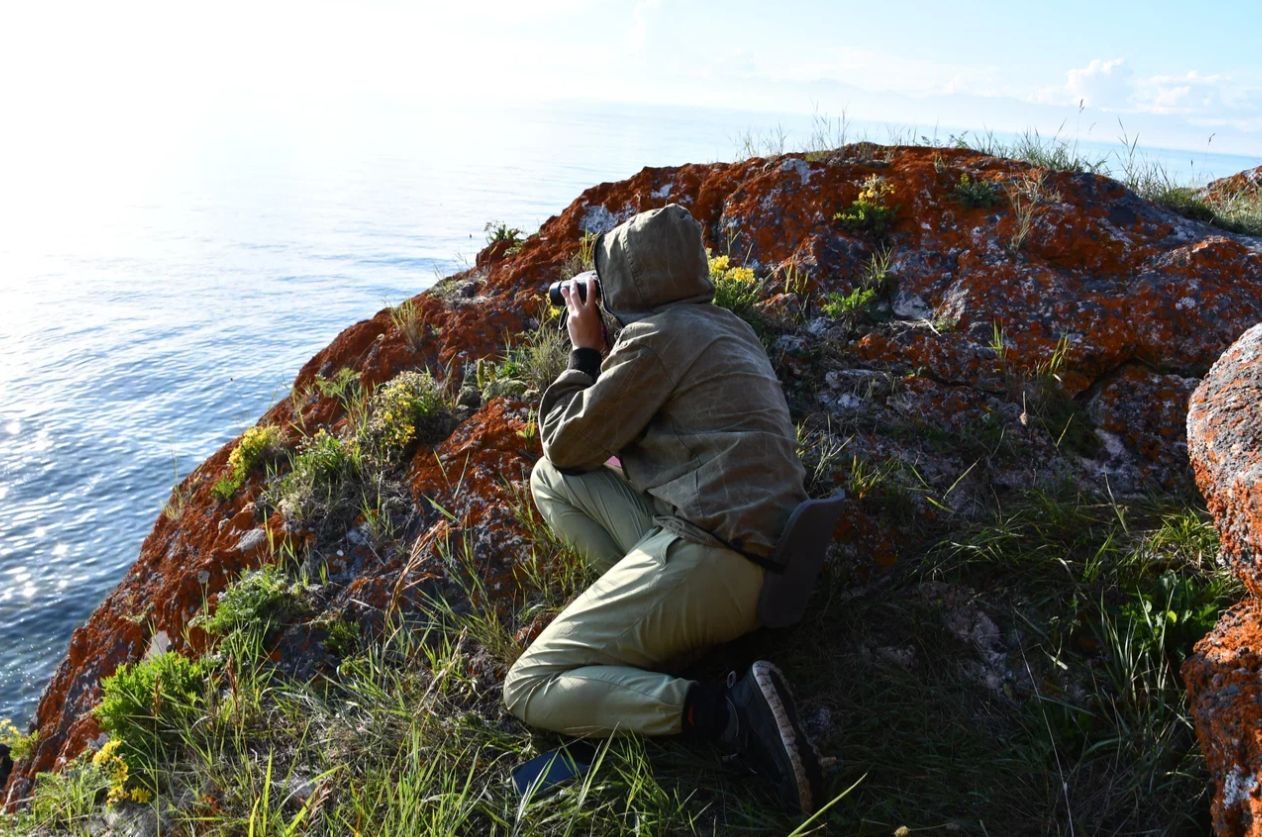
Binoculars and cameras with a long-focus lens were used for observation, which made it possible to accurately count the number of individuals in a certain area without disturbing the animals. For the most representative sample, counts were conducted twice a day, each observation period lasting from 30 minutes to 1 hour - during this time, scientists noted the number of under-molted, injured or sick individuals, and, if possible, recorded the sex of the animals. A total of 39 counts were conducted and more than 5,000 photographs were taken, the largest number of seals at the same time (384 individuals) was noted on July 21.
A quadcopter was used to cover a larger area.
The animals are found not only on Tonkiy Island, but also on other parts of the Ushkany Islands archipelago, so the use of a quadcopter significantly expanded the possibilities of the survey. For this reason, aerial surveys were conducted on Tonkiy and Kruglyy Islands. There are always errors in ground-based surveys because it is impossible to accurately count animals that are in the water and not fully visible. Comparison of coastal survey data and filming materials allows us to estimate what percentage of seals were not counted during walking observations.
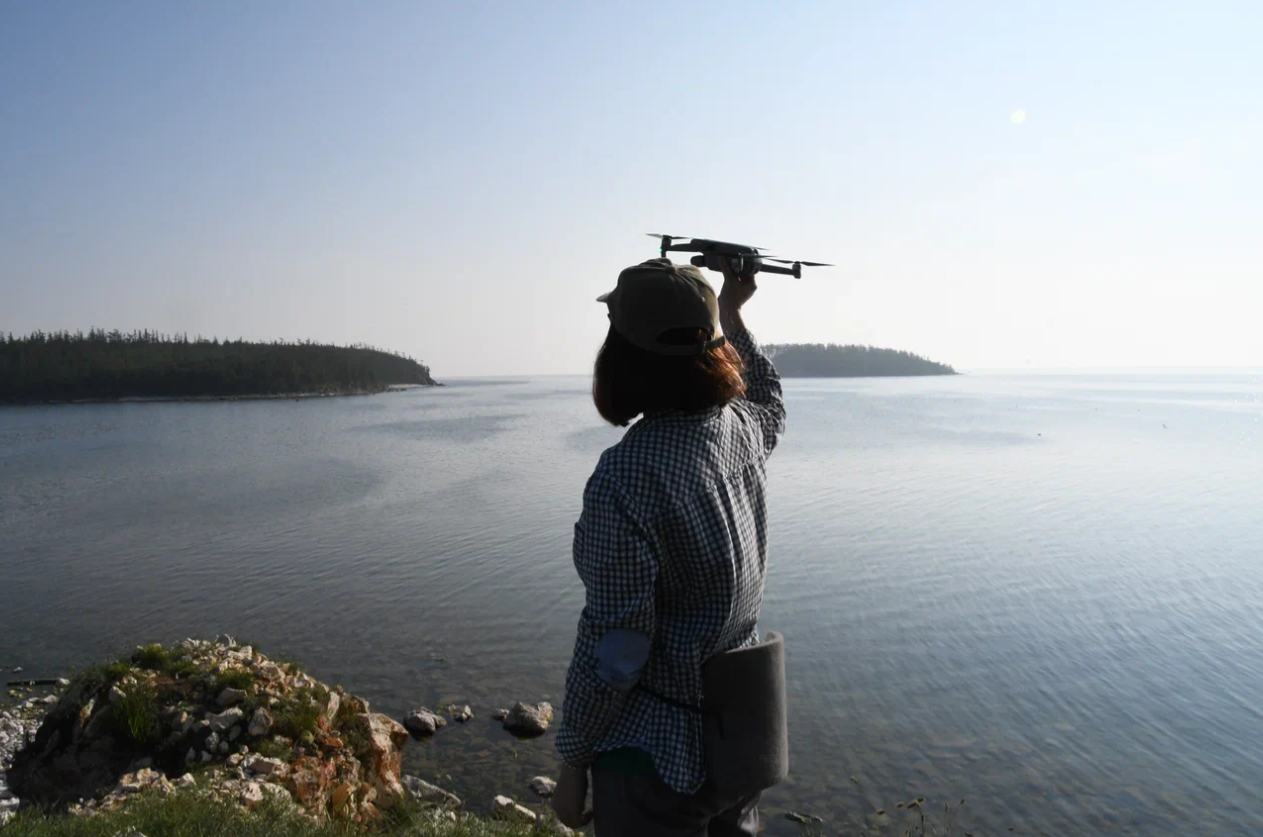
The quadcopter allowed us to obtain a large volume of video material from the rookeries, however, in order to avoid disturbance among the seals, the flight was carried out at an altitude of 60 to 120 meters. In total, 48 videos with a total duration of more than 4.5 hours were obtained from aerial filming over the Tonkiy, Dolgiy and Krugly islands.
Tourist groups as one of the factors influencing the behavior of seals
To assess the impact of tourist groups on the behavior of seals, an observation point was also organized on the platform used by tourists. Behavioral studies were conducted daily for 6 hours. Every 10 minutes, animals were filmed at the haulout, and the following indicators were noted:
- the presence of tourists at the site and their number;
- people's behavior: how they talk, gesticulate, and where they are;
- noise level;
- weather conditions.
Natural phenomena sometimes had a stronger effect on the behavior of seals than the presence of people - for example, loud peals of thunder or the sudden appearance of large birds could also scare the seals from their haulout.
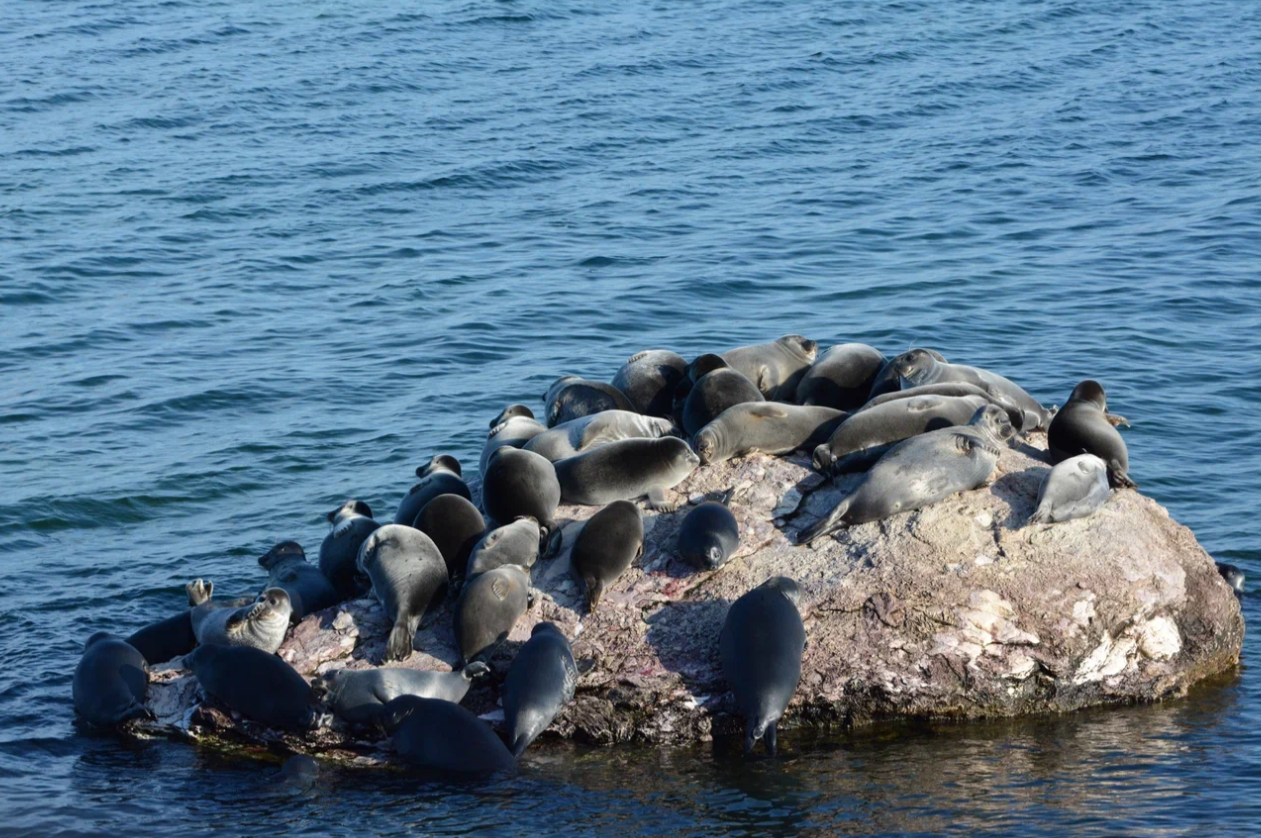
In the event of a mass of animals temporarily leaving the haulout, the time and the supposed reason were noted, and their behavior was recorded at 5-minute intervals over the next 20 minutes. The obtained materials will allow us to establish the rate of restoration of the haulout and changes in the behavior of the seals after being frightened for various reasons.
Samples of various tissues and materials were collected for further research.
An important part of the expedition is collecting samples for laboratory research. During the survey, the coastline of Tonkiy Island was examined to find dead animals, and scientists had to overcome steep banks and slopes to get to them. A total of 4 dead seals were found during the expedition.
When found, the location, sex, age were noted in the protocol and the main indicators were measured: total body length, tail length and chest circumference. To determine the age of seals, a method is used to count the number of full segments on the animal's claws - the growth phase of such segments coincides with the phase of hair change, which occurs once a year.
The following materials were selected by scientists:
- Muscle tissue samples – for genetic studies;
- Hair and vibrissae – for hormonal and toxicological studies;
- Claws – for hormonal studies;
- Teeth/skull – for morphological studies;
- Fat samples – for fatty acid composition studies.
Hair and vibrissae will also be tested for mercury.
The data obtained will help determine the factors influencing the number of animals and the current state of the population.
Currently, all the materials received from the expedition are being processed. A lot of time is spent counting animals from video recordings obtained using quadcopters. The data obtained during foot counts and aerial photography will allow us to estimate the number of seals on the islands of Tonkiy, Dolgiy and Krugly in 2024, compare this year's results with previous years of research, assess the interannual dynamics of numbers and better understand the environmental factors affecting the number of animals on the archipelago. Behavioral work carried out on Tonkiy Island will determine the degree of impact of tourists on the behavior of Baikal seals on the haulout, and the analysis of samples collected from dead animals will help determine the physiological state of dead individuals.
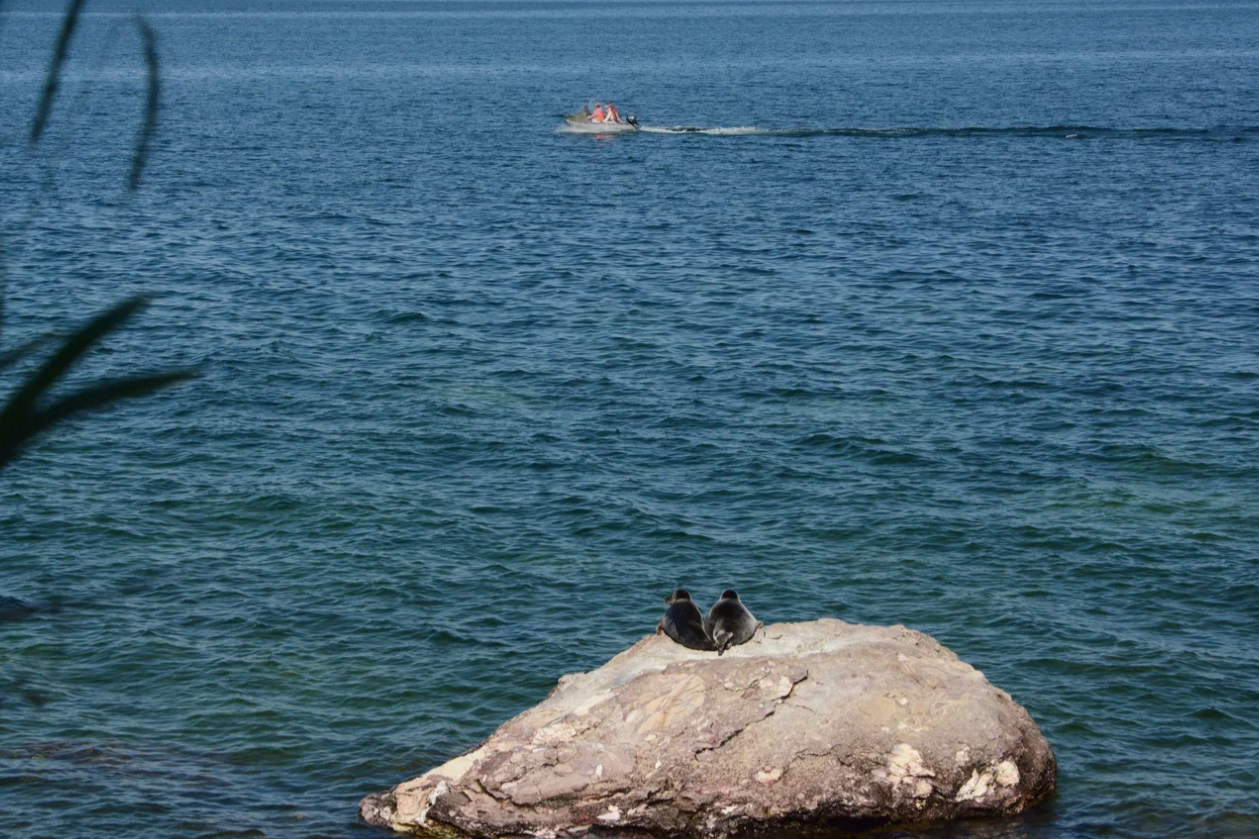
Also during the autumn, an analysis of the behavior captured during filming at the largest haulout will be conducted. All collected photo and video material is analyzed and the behavior of each seal at the haulout is assessed using a specially developed scale. This is painstaking work that requires a lot of time and attention to detail.
Реализация проекта стала возможной благодаря поддержкThe project implementation became possible thanks to the support of the corporate trustee of the World Around You Foundation, Siberian Wellness.
Photos by IEE RAS.
Related materials:
First Baikal: "Scientists conducted large-scale monitoring of seals on the Ushkany Islands"
EcoTourismExpert: "Scientists summed up the interim results of the study of the Baikal seal"
New Siberian Television: "Scientists counted 384 seals in one day on the Ushkany Islands of Baikal"
Nature.Kremlin: "Interim results of the expedition to study the Baikal seal received"
UnaPersona: "Baikal seal: the first results of this year's large-scale study"
